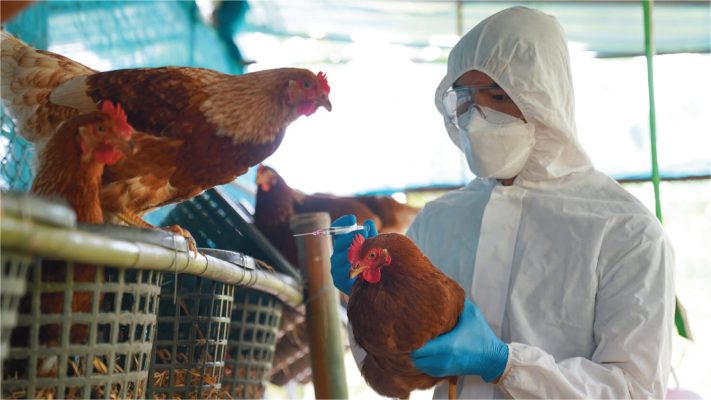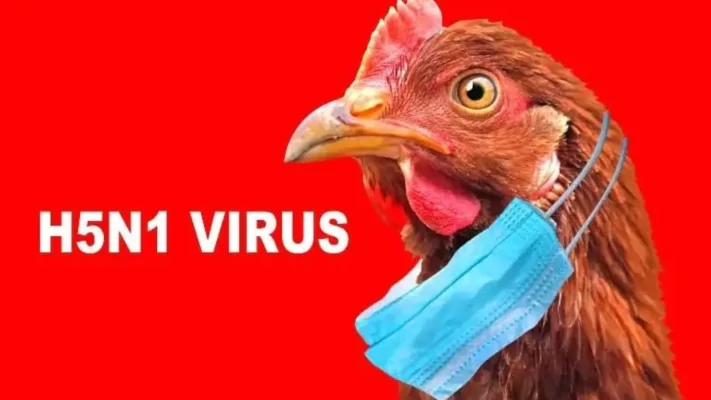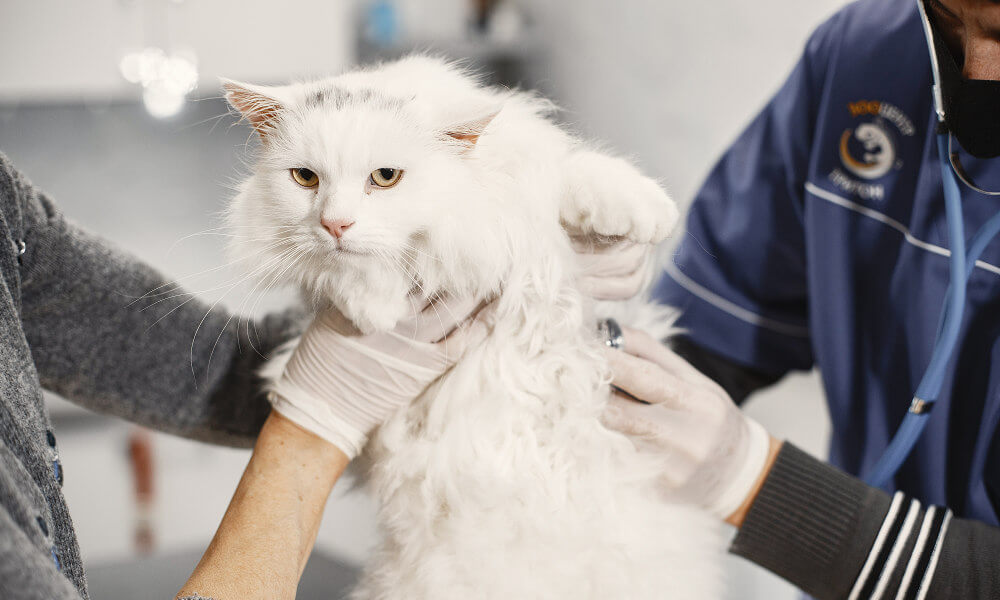H5N1 Bird Flu Outbreak: Nine Cats Died in Poland
A concerning outbreak of H5N1 bird flu has emerged in Poland. As at least nine cats have died from the virus. Authorities have confirmed the presence of H5N1 in nine out of eleven samples tested so far. The affected cats were located in Poznań, Lublin, and the Tri-City area.
The cluster of illnesses has prompted investigations, but the source of the infection remains unidentified. Poland’s veterinary officials have advised cat owners to keep their pets indoors, avoid contact with wild animals, and provide them with food from trusted sources.
This outbreak is particularly atypical due to the significant number of cats affected. Although some cats in other countries have previously tested positive for H5N1 bird flu. It is unclear if cat-to-cat transmission occurred in this instance.
The global spread of the H5N1 virus, along with recent cases in various mammals, raises concerns about the potential for future variants. That could lead to human-to-human transmission.
Authorities in Poland are conducting detailed tests on the genetic material of the viruses to gather more information about their nature and origin.
An epizootic meeting was held to discuss a plan of action. Including the establishment of a protocol to monitor the disease in cats.
The goal is to collect comprehensive data on the course and occurrence of the illness. Thus far, preliminary tests have ruled out the influenza virus responsible for seagull illnesses reported in recent weeks.
Poland’s chief veterinary officer has advised cat owners to take several precautions to limit the risk of infection.
These measures include keeping cats indoors, preventing contact with wild animals (including birds), and feeding them only with food from trusted sources.
By implementing these precautions, pet owners can help safeguard their cats from potential exposure to the H5N1 virus.
You may also like: Is Diarrhea a Symptom of COVID?
Unusual Outbreak and Global Concerns About The H5N1 Bird Flu

The outbreak of H5N1 bird flu among cats in Poland is notable due to the unusually high number of affected animals.
While a few cases of H5N1 in cats have been reported in other countries. This outbreak stands out for its magnitude.
The source of the infection is still unknown, and it is unclear if cat-to-cat transmission played a role. However, the global spread of H5N1, particularly the clade 2.3.4.4b variant, raises concerns about the possibility of future strains that could facilitate human-to-human transmission.
Currently, only a limited number of human cases have been reported after direct contact with infected birds.
The World Health Organization (WHO) emphasizes the seriousness of the global H5N1 situation and urges heightened vigilance from all countries.
Poland is grappling with an alarming outbreak of H5N1 bird flu among cats, with nine fatalities confirmed so far.
Investigations are ongoing to determine the source of infection, while precautionary measures have been advised to limit the risk to other feline companions.
The significance of this outbreak lies in the high number of affected cats, distinguishing it from previous cases.
The global spread of H5N1 and the potential for human-to-human transmission underline the need for vigilance and proactive measures to prevent the escalation of the virus.
Monitoring and collaborative efforts between veterinary authorities and global health organizations remain crucial to mitigate the impact of H5N1.

H5N1 Bird Flu Vaccine
The main focus of H5N1 bird flu vaccination is, on poultry than humans since it primarily affects birds. These vaccines aim to prevent the virus from spreading among bird populations thus lowering the chances of transmission to humans.
The effectiveness of these vaccines relies on factors such as how the vaccine matches the circulating strains and the extent of vaccination coverage in poultry.
As for humans there are currently no vaccines specifically for H5N1 but ongoing research and development in this area are being conducted, particularly due to concerns, about a potential pandemic.
H5N1 Bird Flu Symptoms in Chickens
Bird flu, the H5N1 strain can have effects, on chickens often resulting in high mortality rates. Typical indications include death without symptoms respiratory distress characterized by coughing and sneezing swelling of the head, neck and eyes.
Additional signs may include reduced egg production, loss of appetite, diarrhea, lethargy and changes in the color of the comb and wattles. The rapid spread of symptoms, within a group of chickens can be indicative of the presence of this variant.





